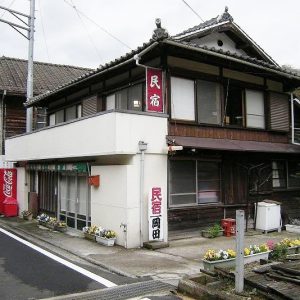TOURIST SPOT
Address:徳島県三好郡井川町西井川501
Phone:0883-78-2227
Address:徳島県三好市三野町太刀野山780
Phone:090-9775-2899
Address:徳島県三好市池田町白地本名249-1
Phone:0883-76-4727
Address:徳島県三好市池田町白地本名755-2
Phone:0883-74-0487

Address:徳島県三好市池田町佐野金氏586
Phone:0883-74-1001
Address:徳島県三好市池田町白地本名165-6
Phone:0120-018-081
Address:徳島県三好市井川町辻288-5
Phone:0883-78-2051
Address:徳島県三好市池田町マチ2177-4
Phone:0883-72-0868
Address:徳島県三好市池田町白地本名76-2
Phone:0883-74-0311
Address:徳島県三好市池田町マチ2178-5
Phone:0883-72-7422
Address:徳島県三好市池田町サラダ1835-1
Phone:0883-72-8115

Address:徳島県三好市池田町マチ2180-1
Phone:0883-72-0277

Address:徳島県三好市池田町中西フロノタニ1452
Phone:0883-74-0829

Address:徳島県三好市池田町サラダ1756
Phone:0883-72-0126

Address:徳島県三好市井川町辻231-2
Phone:0883-78-2014

Address:徳島県三好市池田町サラダ1661
Phone:0883-72-0053
Address:徳島県三好市池田町マチ2477
Phone:0883-72-0073
Address:徳島県三好市池田町中西マガリダ86の2
Phone:0883-74-0118
Address:徳島県三好市三野町芝生1047-1
Phone:0883-77-2008

Address:徳島県三好市池田町サラダ1793-6
Phone:0883-72-1043
Address:徳島県三好市池田町マチ2178
Phone:0883-72-1147

Address:徳島県三好市池田町字マチ2179-7
Phone:0883-72-0226

Address:徳島県三好市池田町字マチ2259
Phone:0883-72-0475

Address:徳島県三好市池田町マチ2178-3
Phone:0883-72-0185

Address:徳島県三好市池田町マチ2199-6
Phone:0883-72-0502